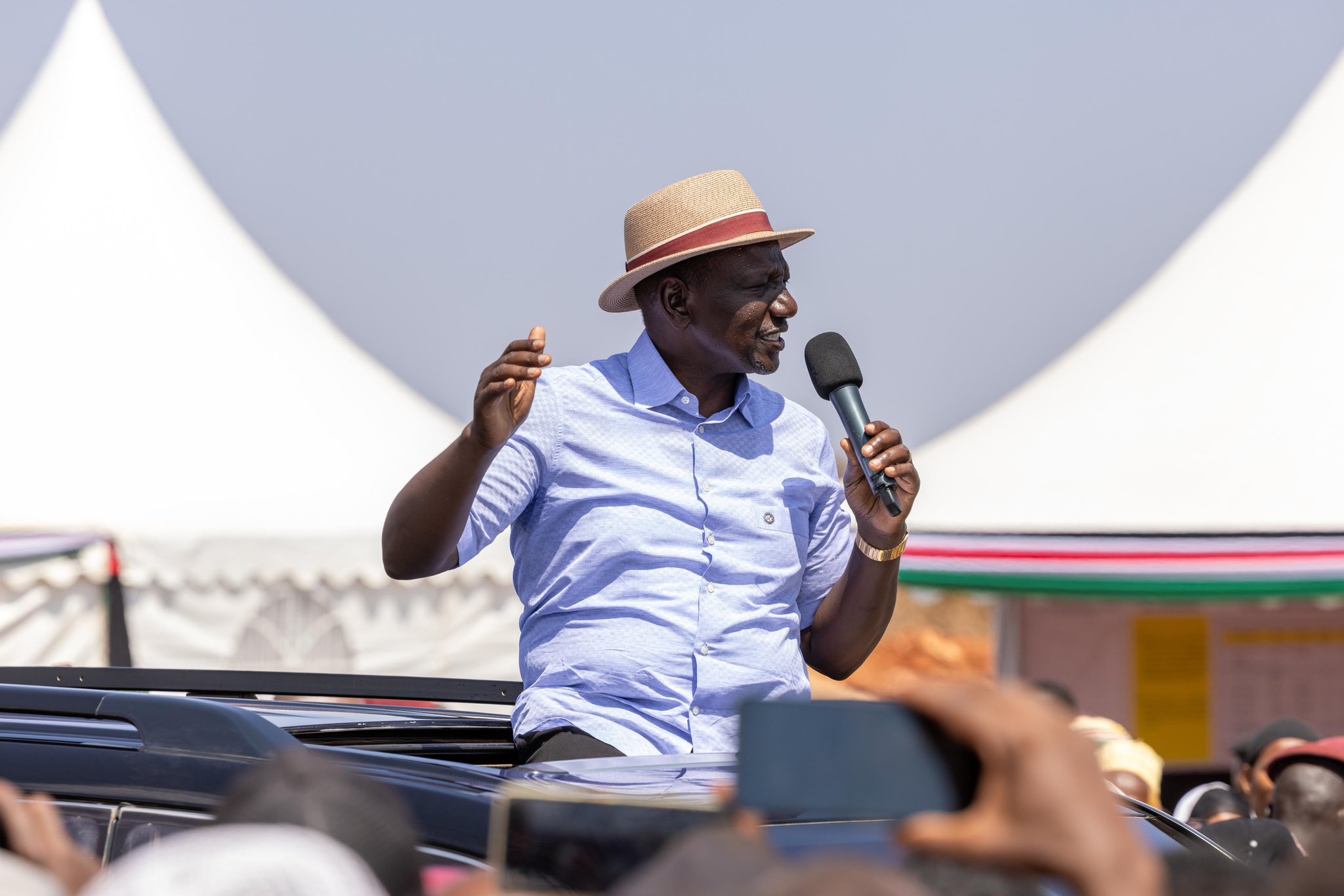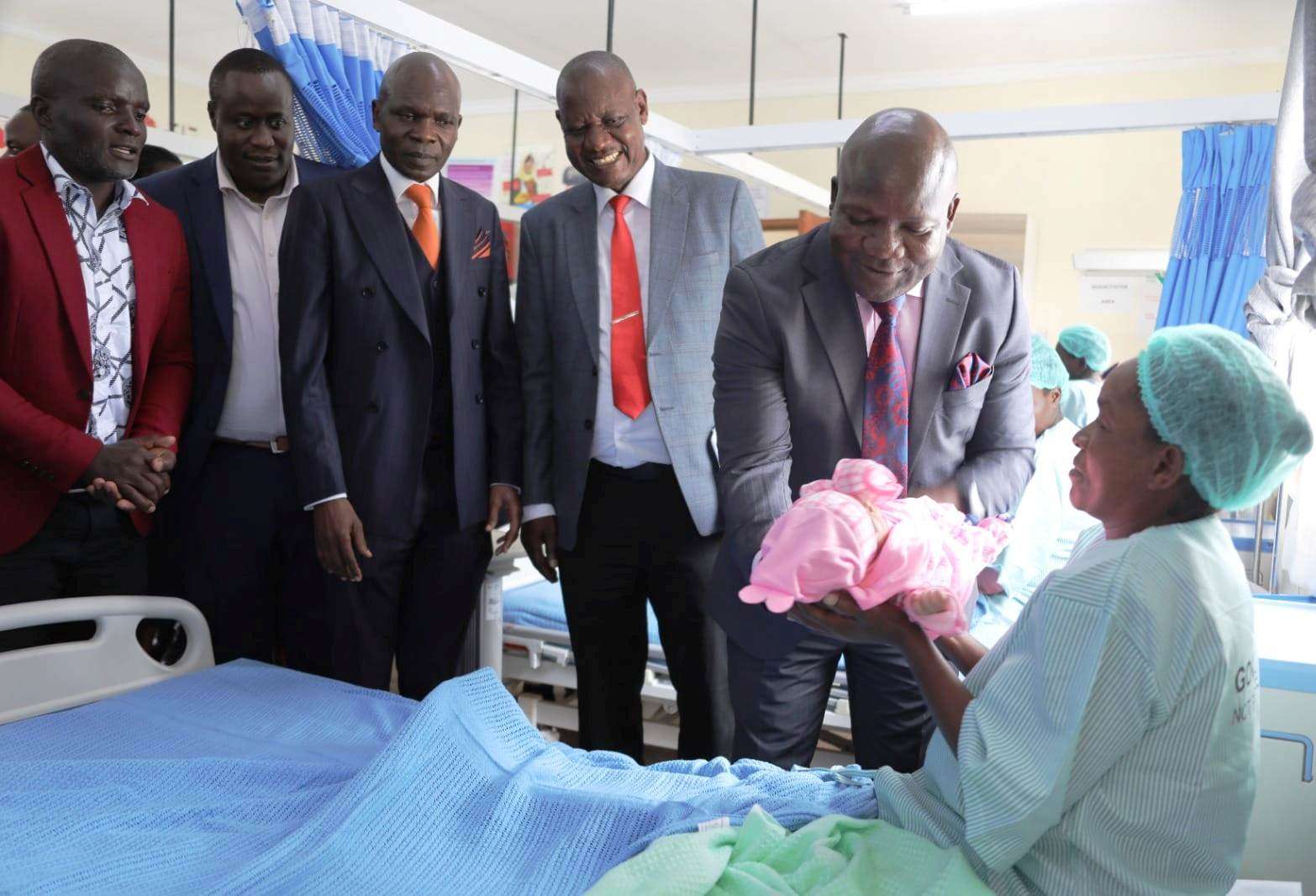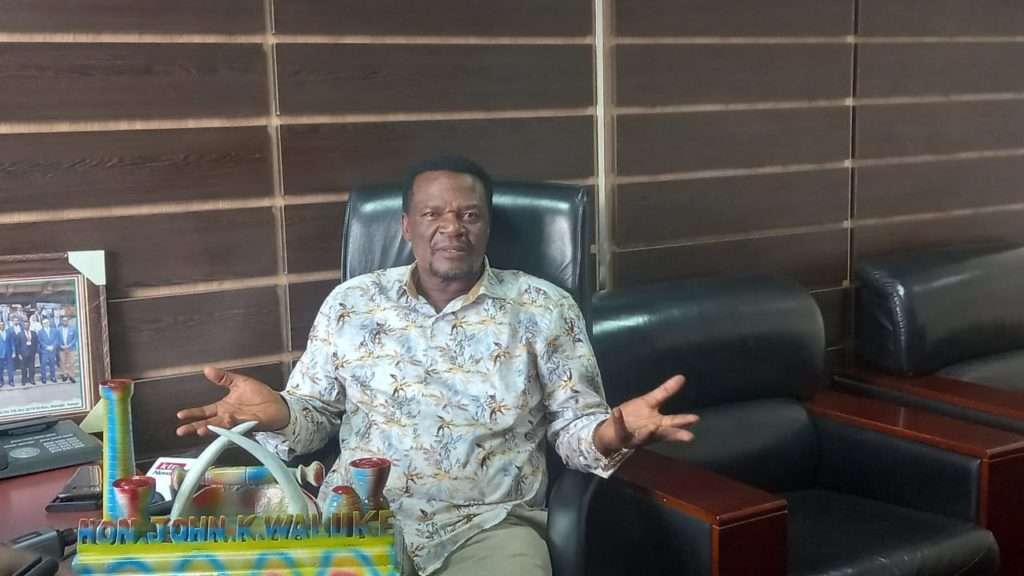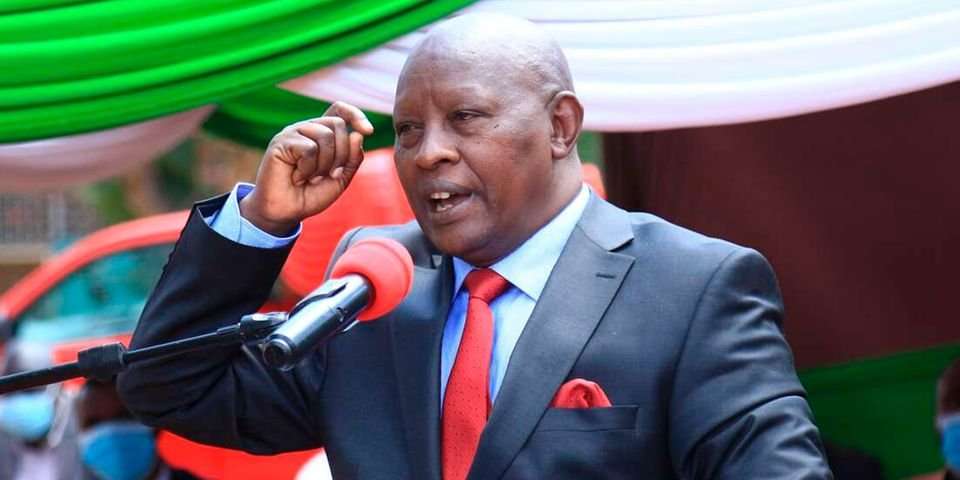While some view these appointments as a genuine effort to bridge political divides and address public disillusionment with his administration, critics argue they blur party lines and further weaken the opposition.
Political analysts suggest this apparent inclusivity is less about fostering national unity and more a response to growing instability, particularly in the vote-rich Mount Kenya region.
Following the dramatic impeachment of former Deputy President Rigathi Gachagua in October 2024, President Ruto has moved swiftly to reshape the political landscape by courting former rivals and neutralising dissent, a calculated move in Kenya’s intricate power game.
The fallout from Gachagua’s removal exposed deep tensions within the ruling coalition, revealing fractures that Ruto is keen to mend, at least publicly. Beneath this façade of unity lies a targeted, regionally focused campaign to regain a significant share of the Mount Kenya vote in 2027.
While the region overwhelmingly supported him in 2022, his current goal is more pragmatic: to secure at least 30% of the bloc’s vote. Leading this effort is Deputy President Kithure Kindiki, who has been granted significant autonomy and substantial state resources to spearhead a grassroots campaign across Mount Kenya.
Kindiki’s mission is to reconnect with the region’s political leaders, religious and youth groups, and business leaders, and to position Ruto as a champion of economic empowerment for ordinary citizens by introducing a new economic initiative.
A small-scale trader in Nyeri expressed cautious hope: “We trusted the Hustler Fund to help our businesses, but it didn’t deliver. If Ruto’s new plan brings real support, like loans we can actually access, I might consider voting for him again.” Her voice reflects the region’s growing scepticism, with many voters demanding tangible results over promises.
Sources close to State House revealed to The Weekly Vision that Kindiki’s initiative will replace the widely criticised Hustler Fund with a more structured programme. This includes expanding the Boma Yangu housing initiative, which has already enrolled over 720,000 Kenyans, aiming to grow Kenya’s mortgage base from 30,000 to one million borrowers.
Additionally, the TaifaCare Universal Health Coverage programme, with over 23.7 million enrolled, is being scaled up to provide accessible healthcare and address voter concerns about rising living costs. These efforts are framed as “delivery, discipline, and direct impact,” with Ruto citing a drop in inflation from 9.6% in 2022 to 3.8% in June 2025 as evidence of economic stabilisation.
Supporting Kindiki is National Assembly Majority Leader Kimani Ichung’wah, tasked with mobilising voters and dismantling Gachagua’s political influence. Ichung’wah’s recent criticism of Pastor Dorcas Rigathi, the former Second Lady, is seen as a deliberate tactic to provoke a defensive response from Gachagua’s allies, exposing divisions and weakening their position.
Ruto has also enlisted prominent Mount Kenya leaders to erode Gachagua’s support base and reassert his dominance in the region. Among them is ICT Cabinet Secretary William Kabogo, tasked with securing Kiambu County, home to over 1.2 million registered voters.
Kabogo’s business-friendly reputation and local ties are expected to resonate with voters disillusioned by recent political upheaval. In Laikipia, MP Mwangi Kiunjuri is countering the influence of Gachagua’s Democratic Consciousness Party (DCP), isolating his allies ahead of the 2027 election. Reports also suggest Ruto has penetrated Gachagua’s former inner circle, with insiders, including a former Nyeri MP, allegedly providing intelligence during DCP’s strategic meetings. This mirrors tactics used in 2022, when Ruto was accused of planting informants within the Azimio coalition.
However, Ruto’s strategy faces opposition counter-moves that could challenge his plans. Wiper leader Kalonzo Musyoka is positioning himself as the anti-Ruto bloc’s leader, potentially allying with Gachagua to mobilise voters in Ukambani and Mount Kenya. Gachagua has urged Musyoka to boost voter registration in Ukambani to three million, signalling a strategic alliance to counter Ruto’s influence.
On the other hand, former President Uhuru Kenyatta is quietly shaping the 2027 battle, with his Jubilee Party hinting at backing former Interior Cabinet Secretary Fred Matiang’i. Analysts note Kenyatta’s lingering influence in Mount Kenya, where voters recall his warnings against Ruto in 2022: “Uhuru told us, and we didn’t listen. Now we’re struggling with taxes and broken promises.”
The Gen Z movement, which led protests against the 2024 Finance Bill, also poses a wildcard. With over 14 million young voters eligible by 2027, their leaderless, tribeless protests demand accountability and economic opportunity. Analysts suggest the opposition could harness this energy through a “wave election” focused on issues like corruption and unemployment rather than ethnic alliances, potentially disrupting Ruto’s regional strategy.
Whether Ruto’s political realignment will succeed remains uncertain. His calculated moves have eased internal tensions and projected inclusivity, but the real test lies in delivering a compelling economic agenda and regaining Mount Kenya’s trust. With two years until the next general election, the political chessboard is shifting.
Ruto has made his opening moves, but the opposition’s growing momentum and the youth’s demands for change suggest a fiercely contested game ahead.
[/full]





